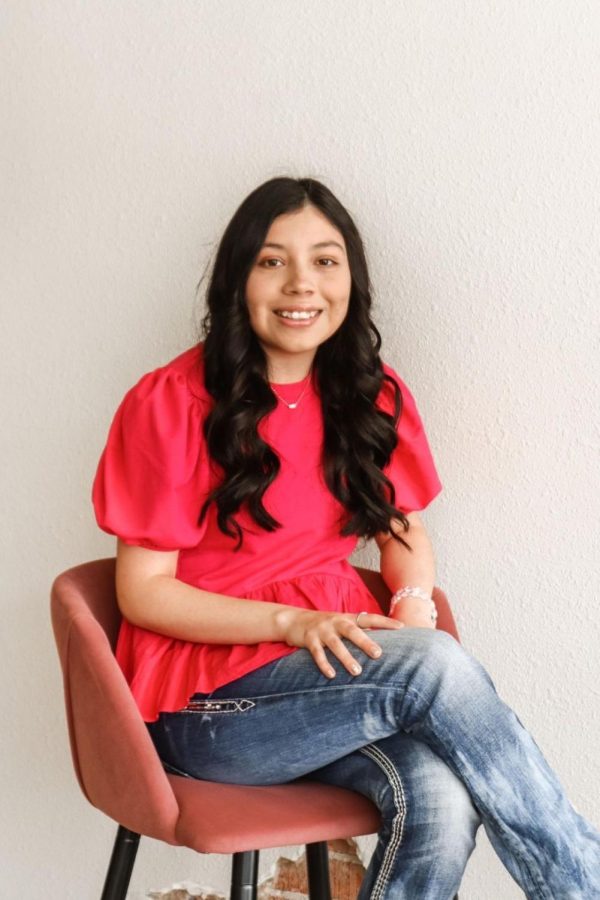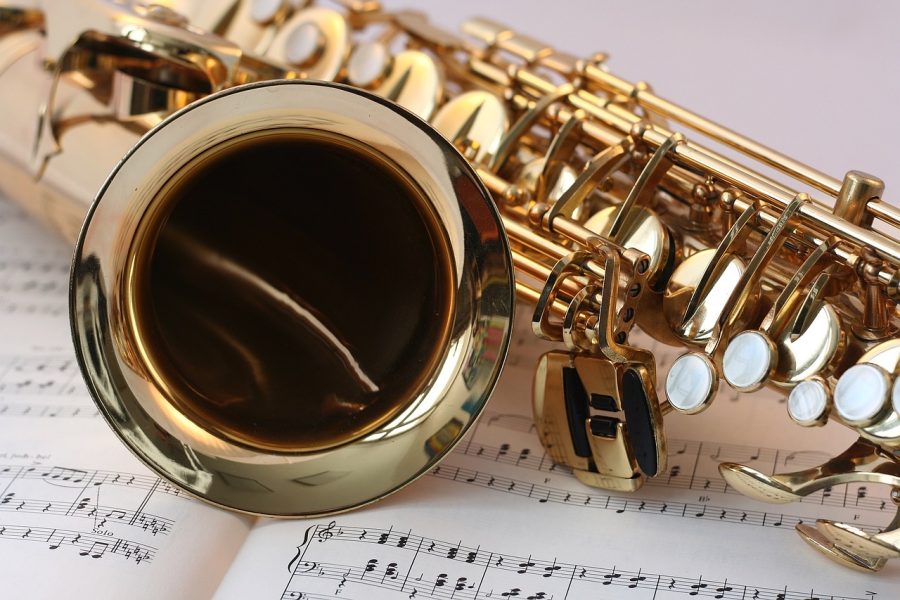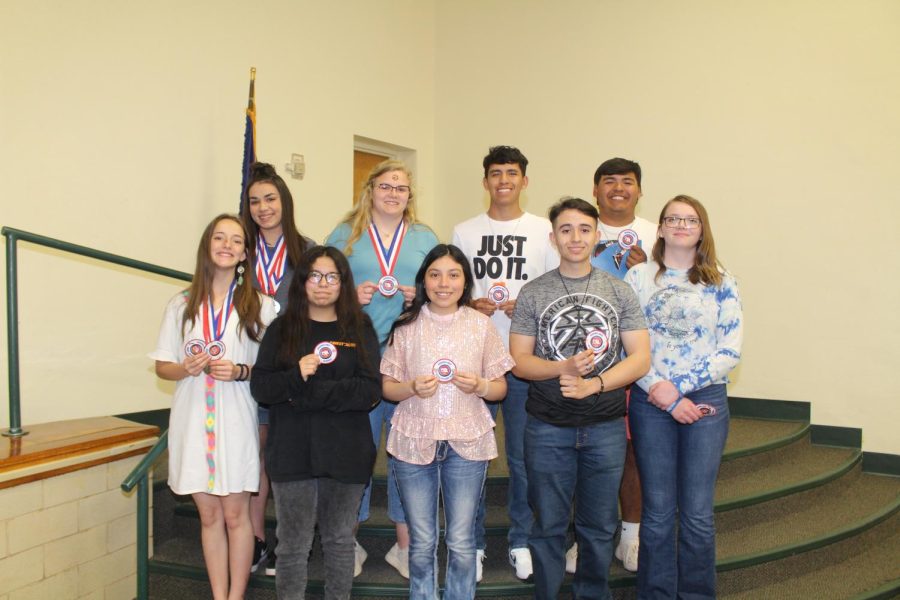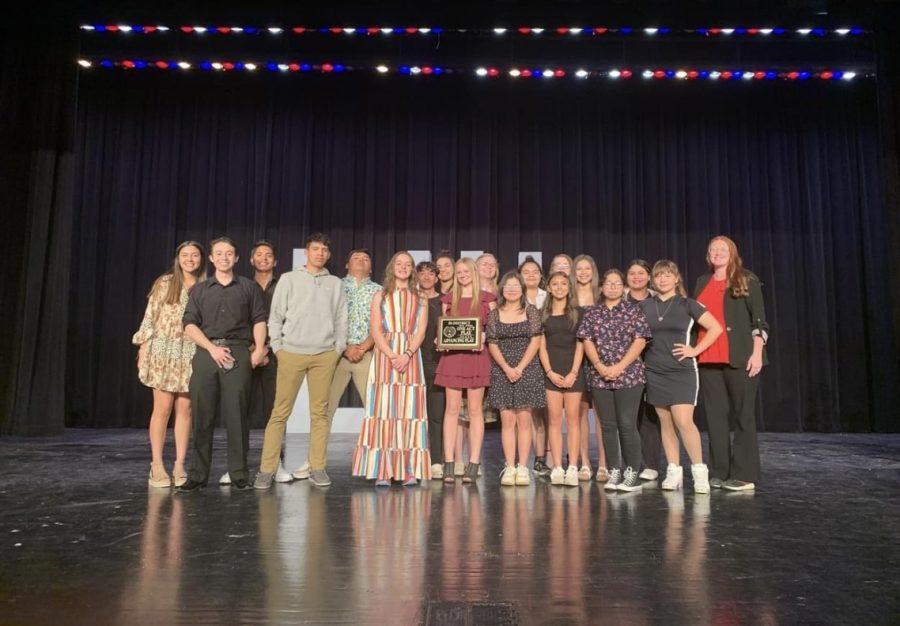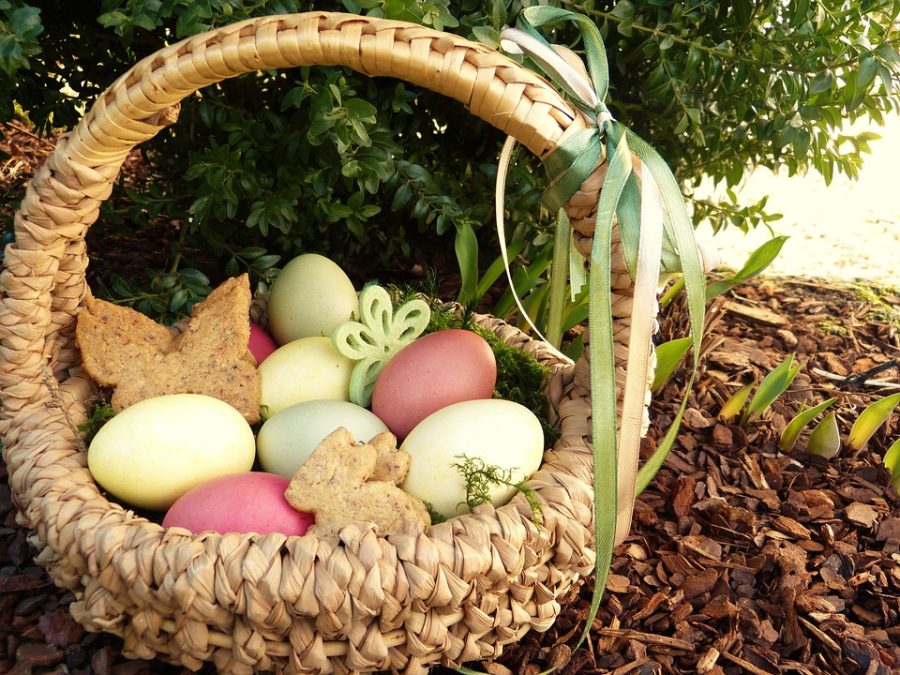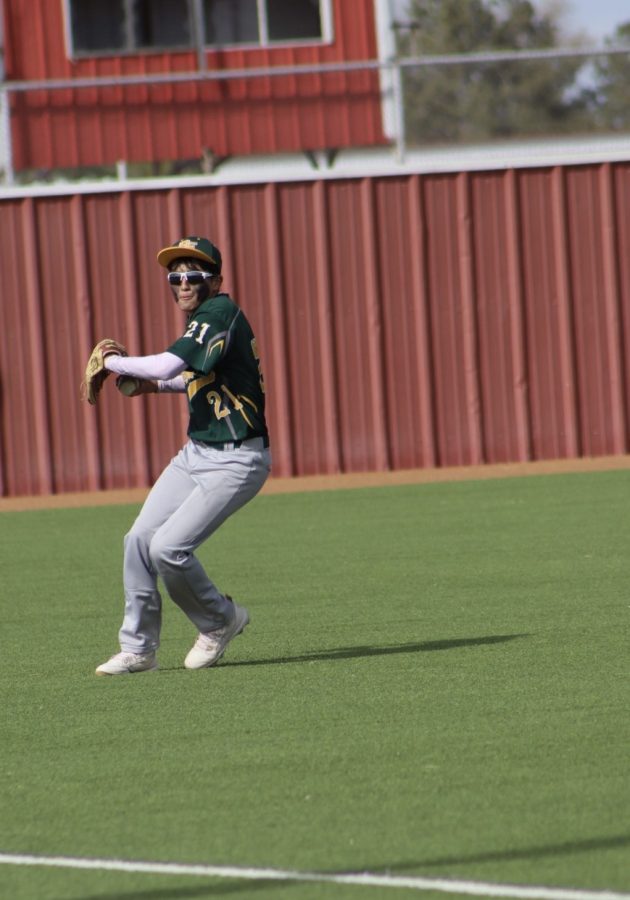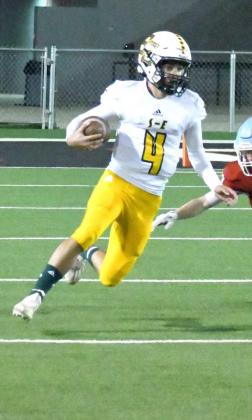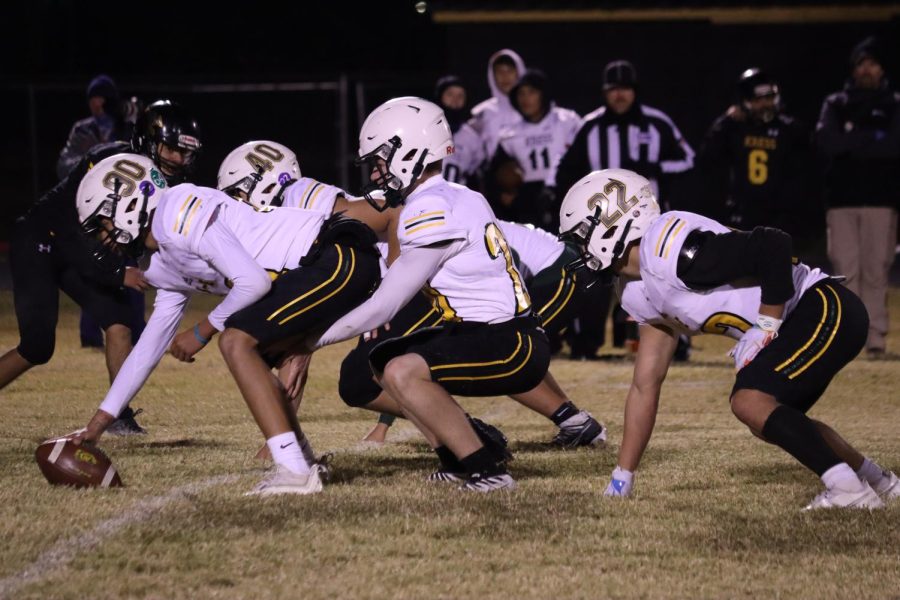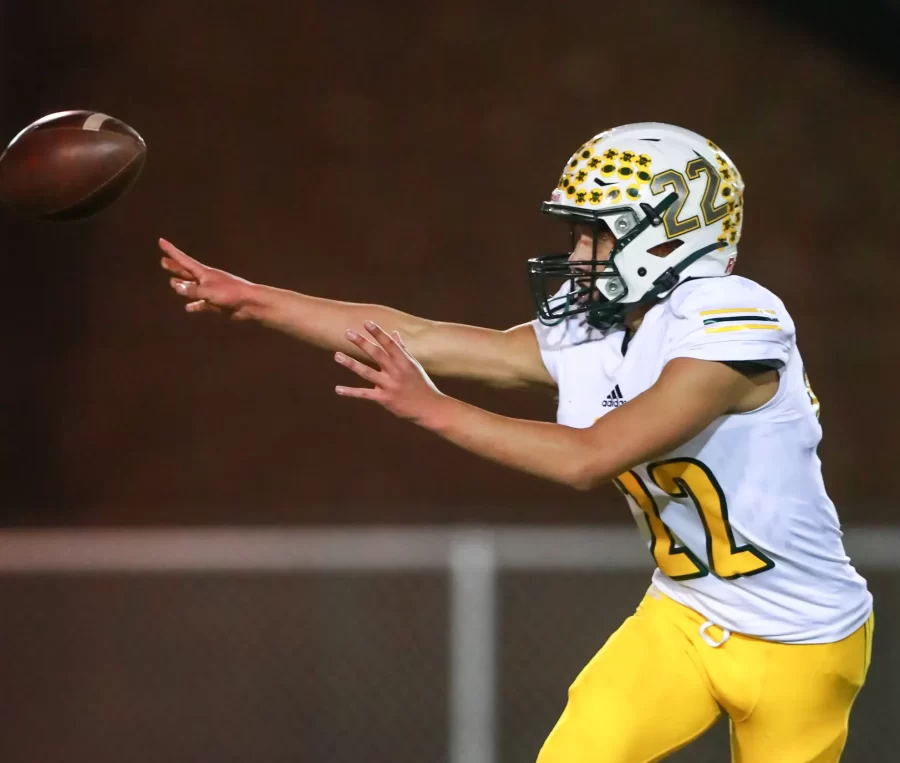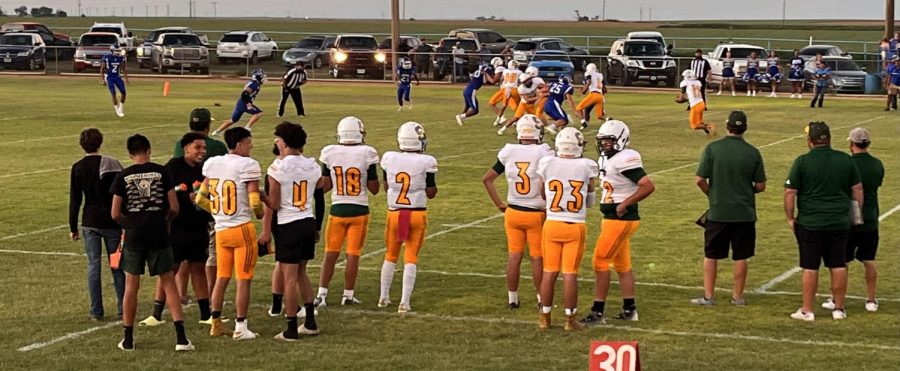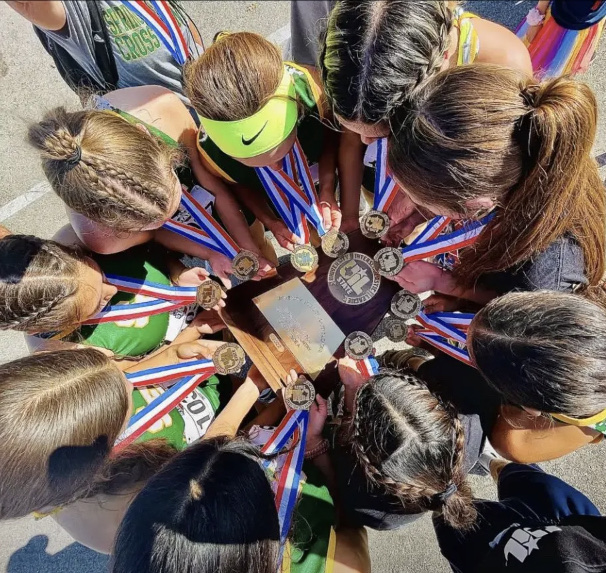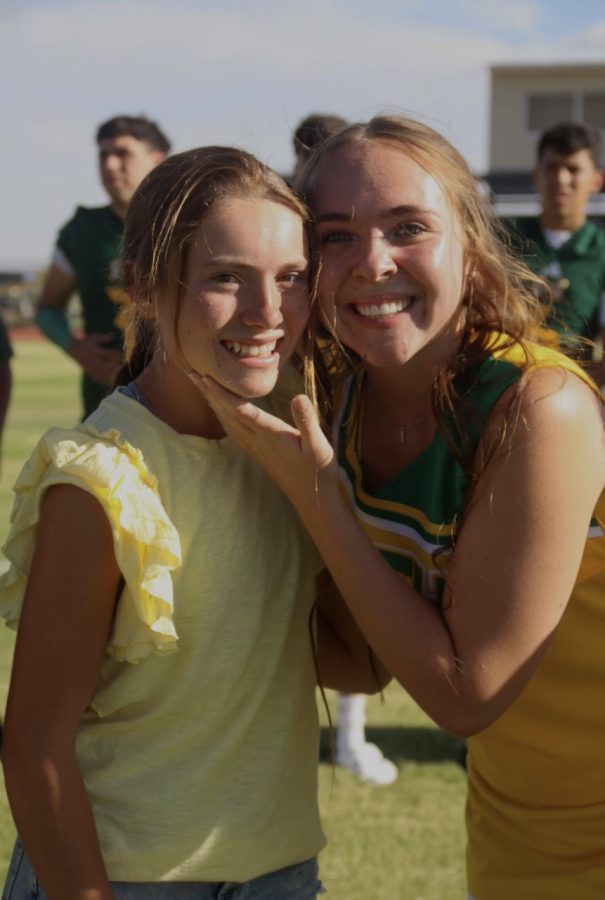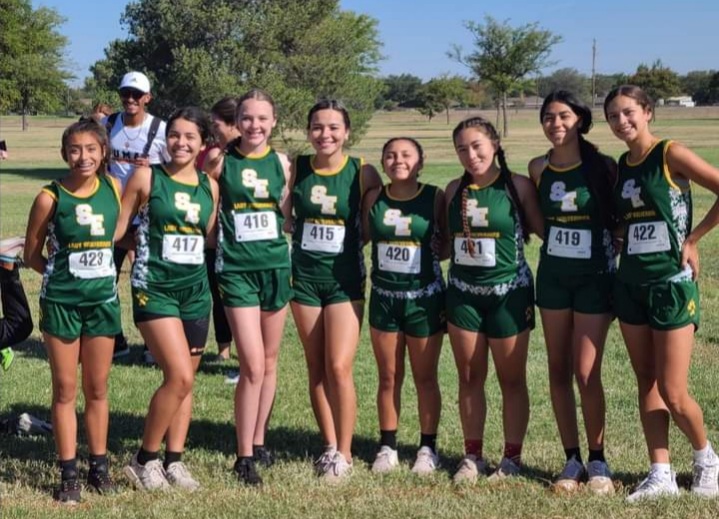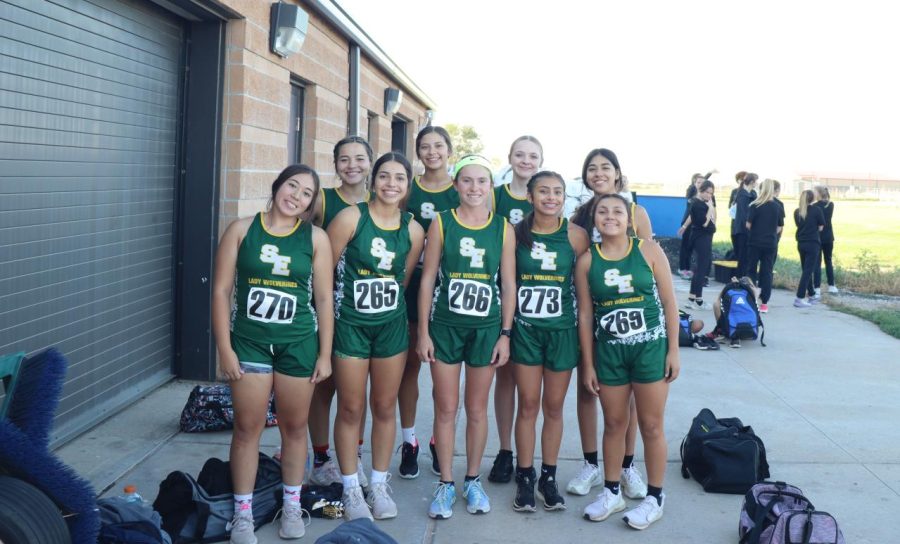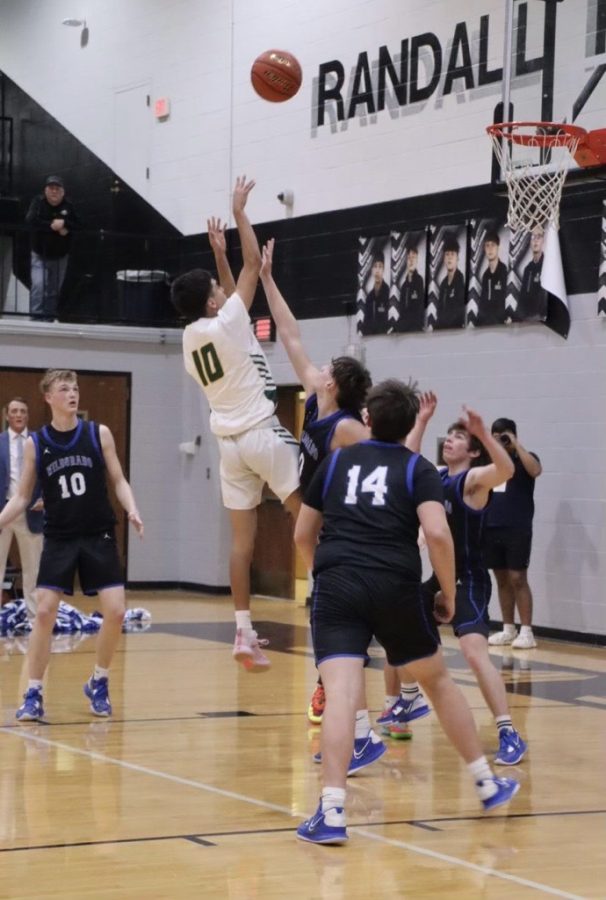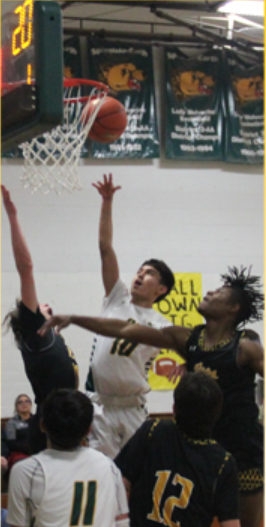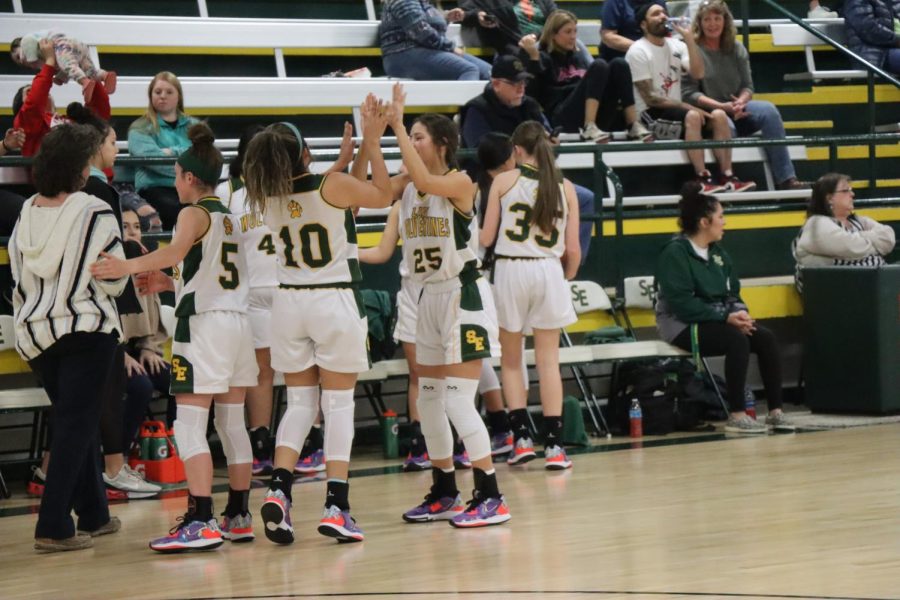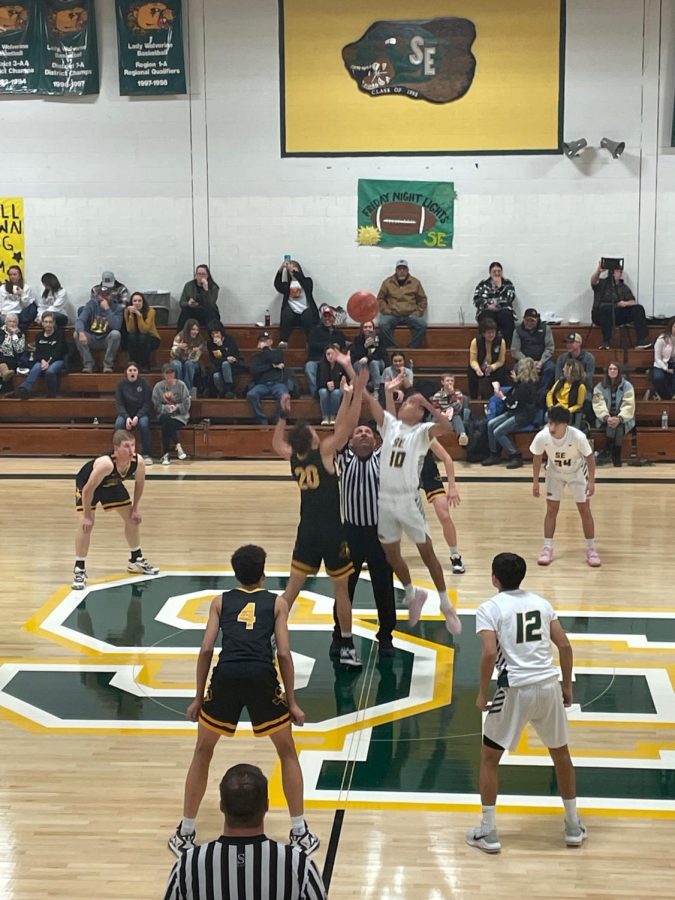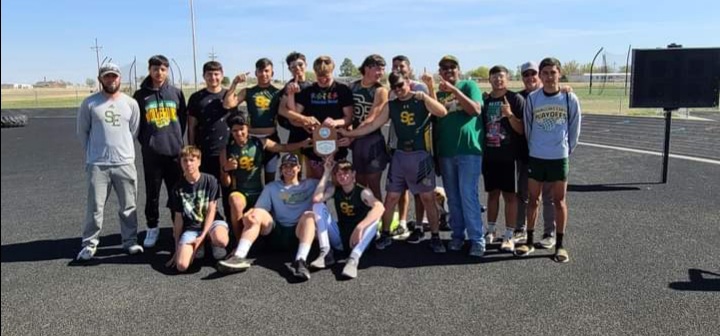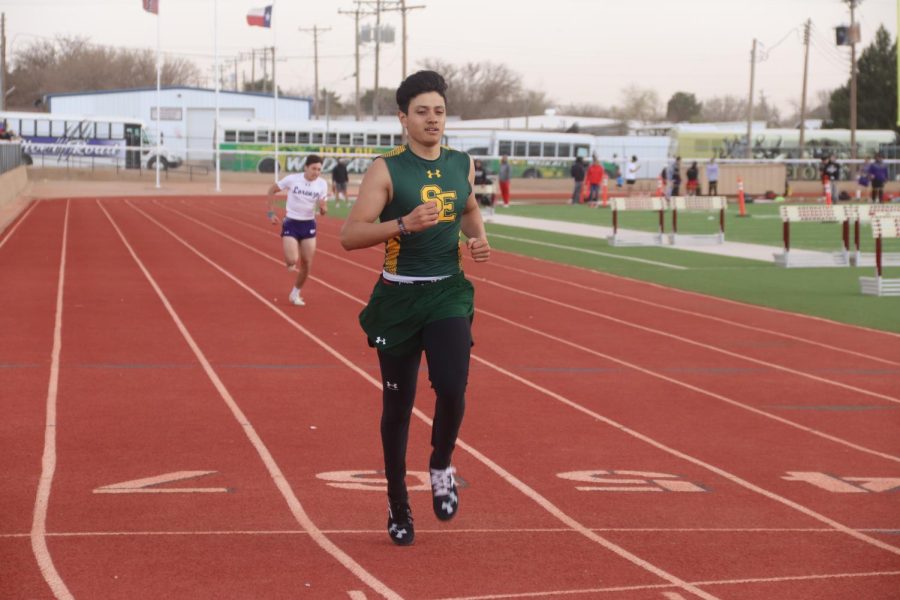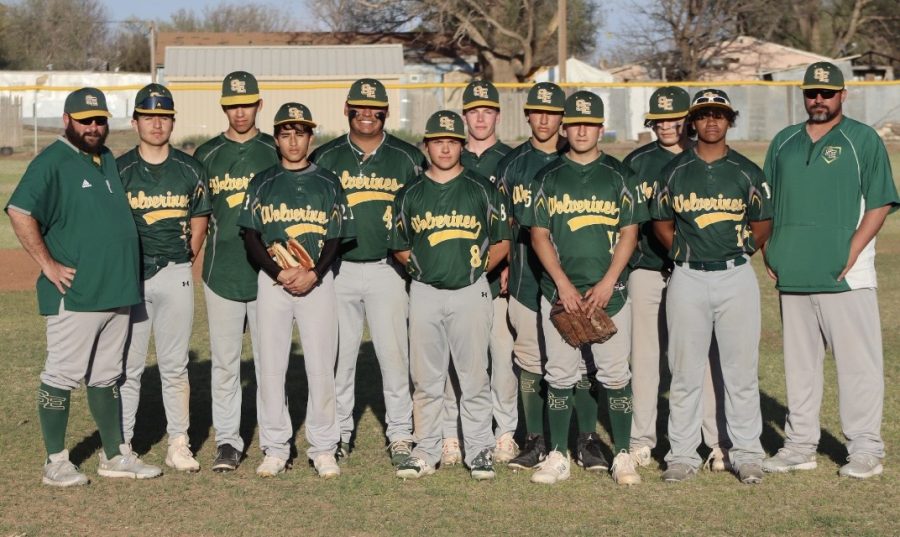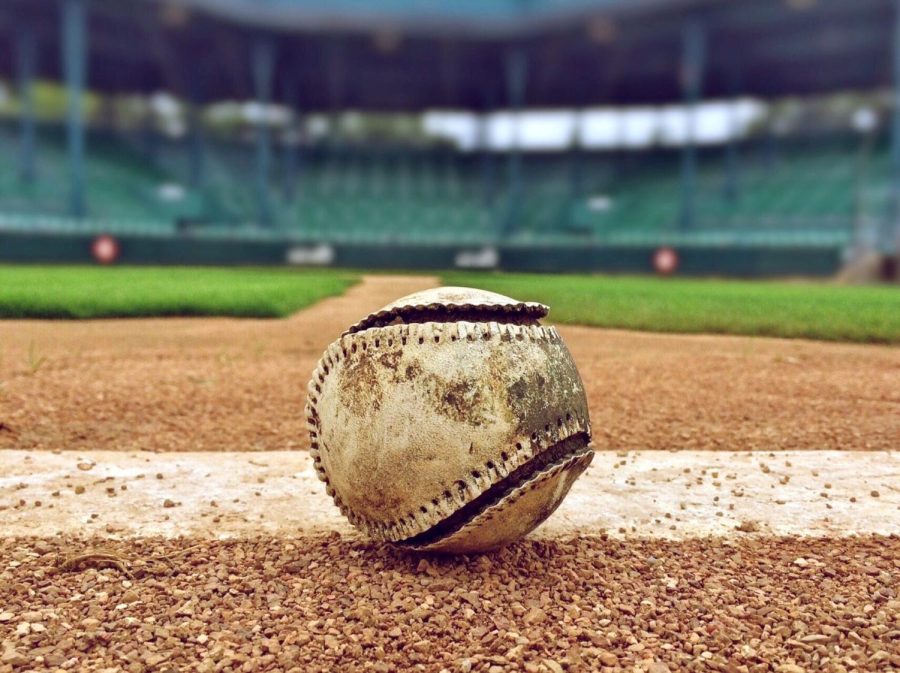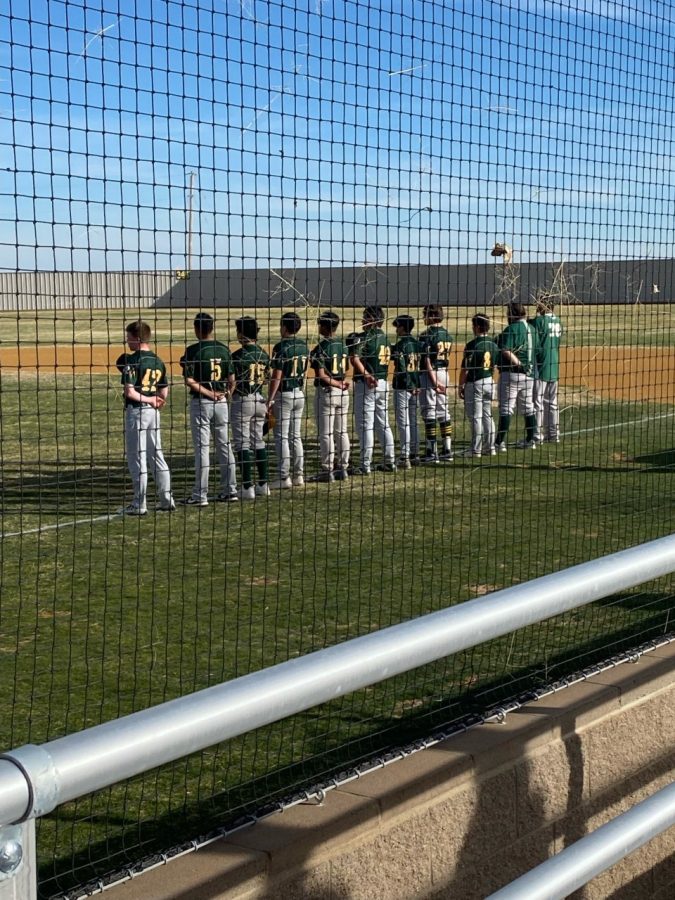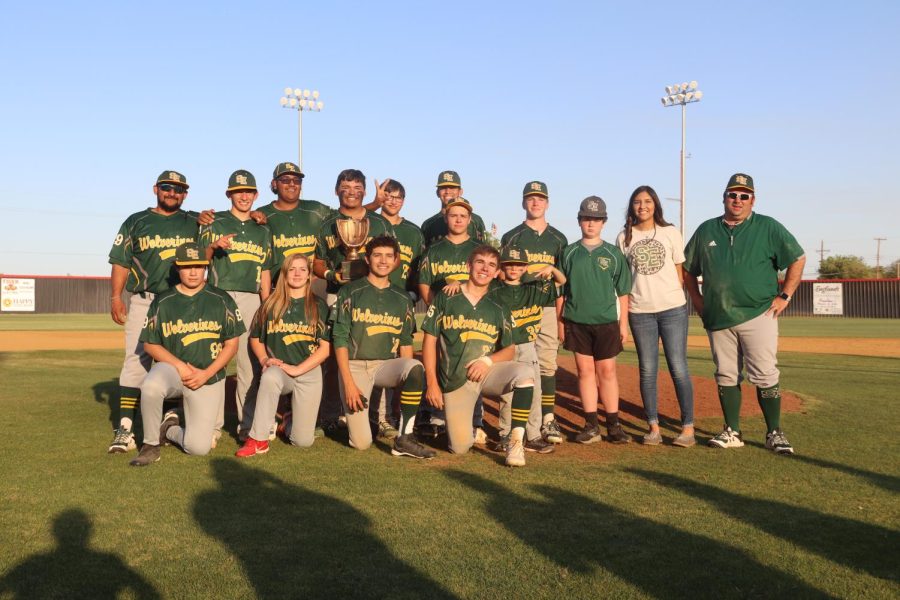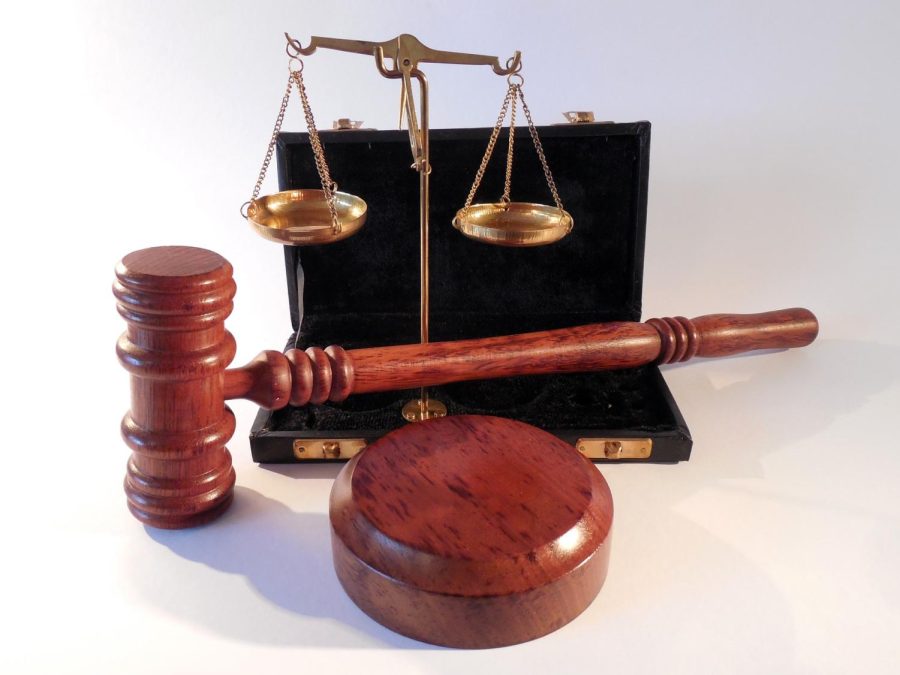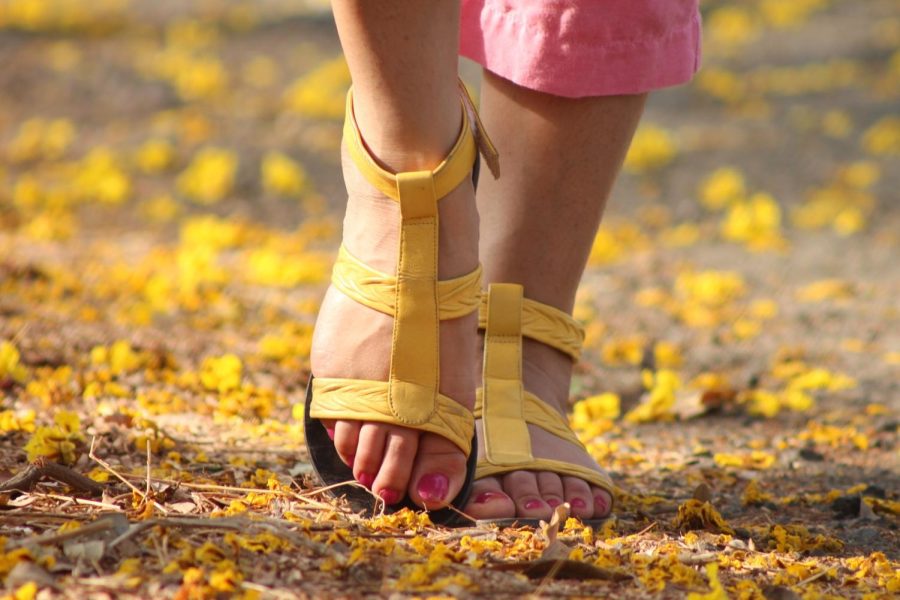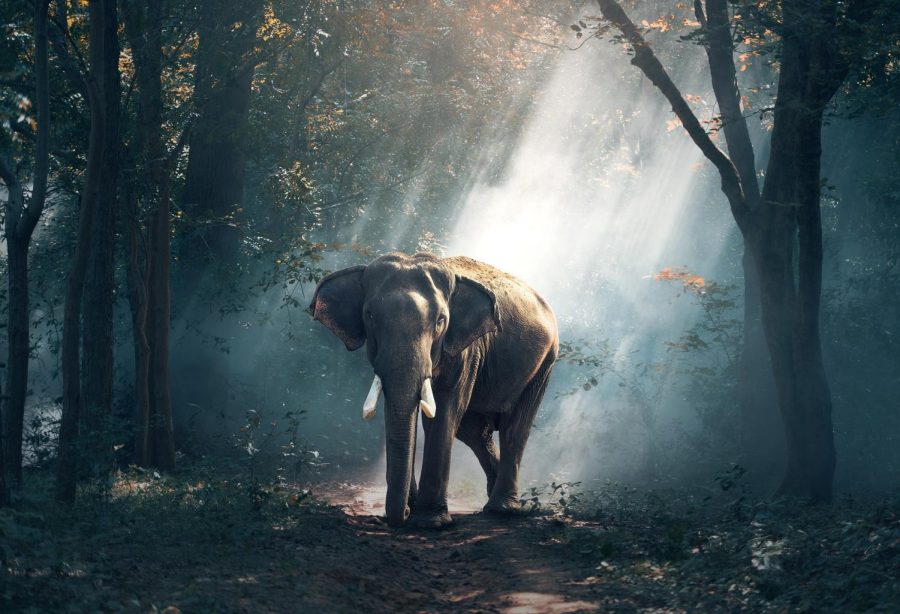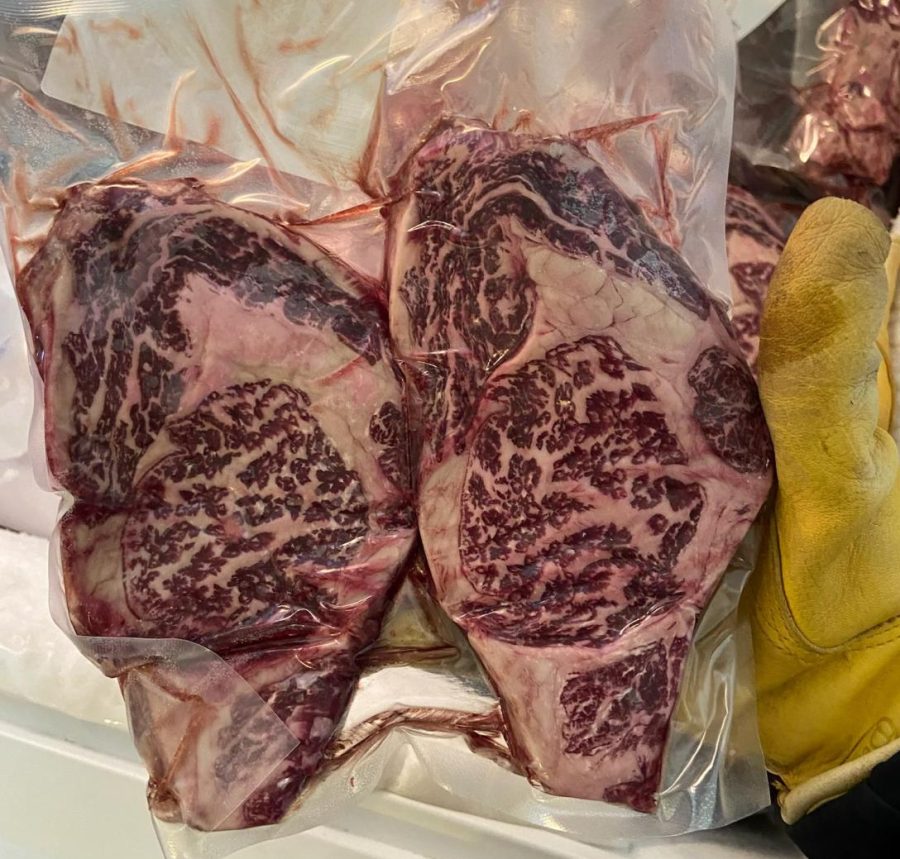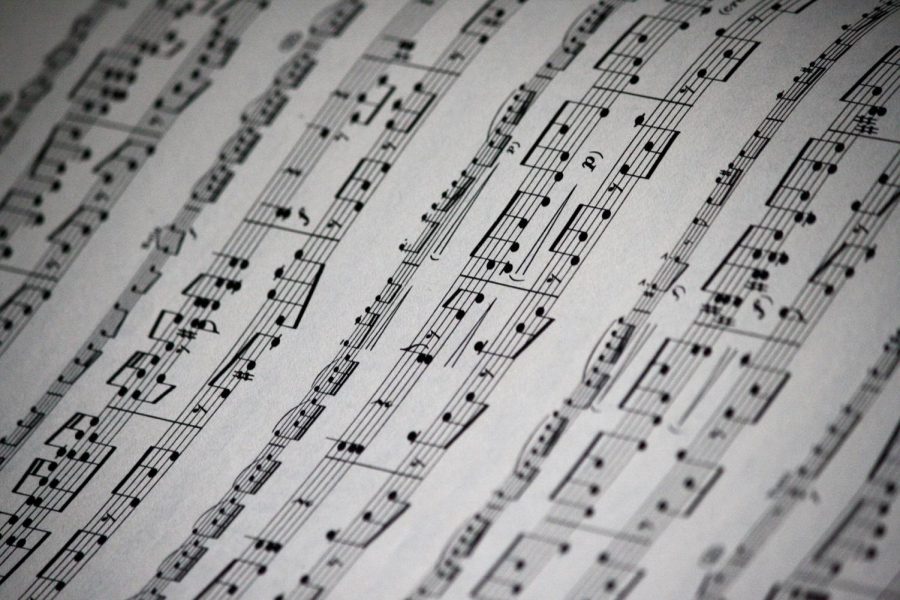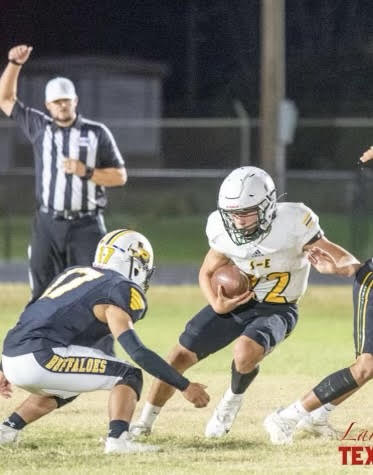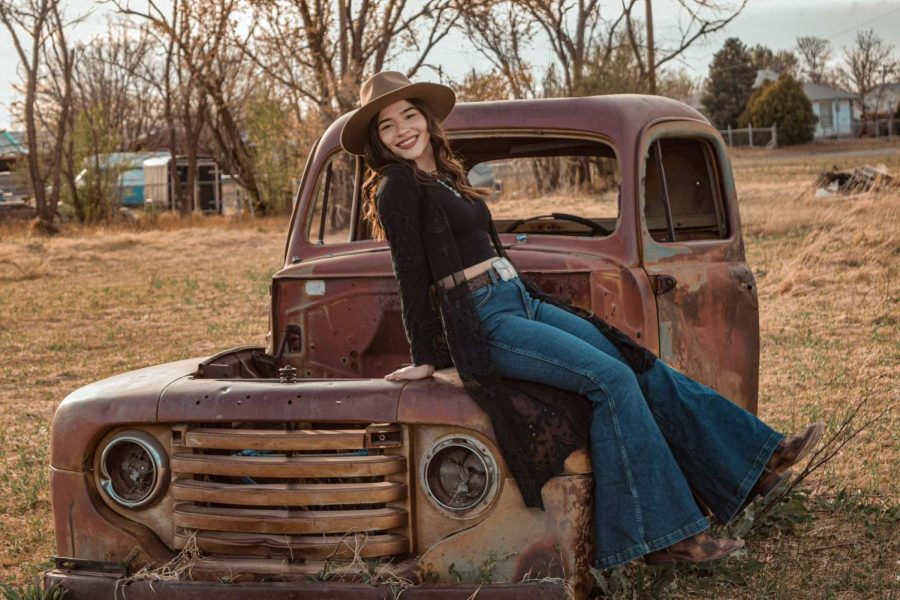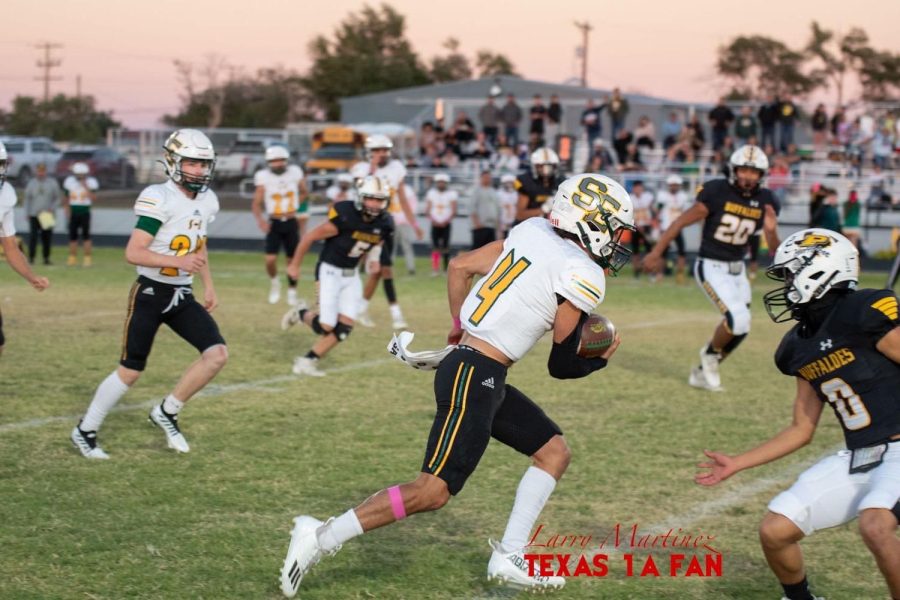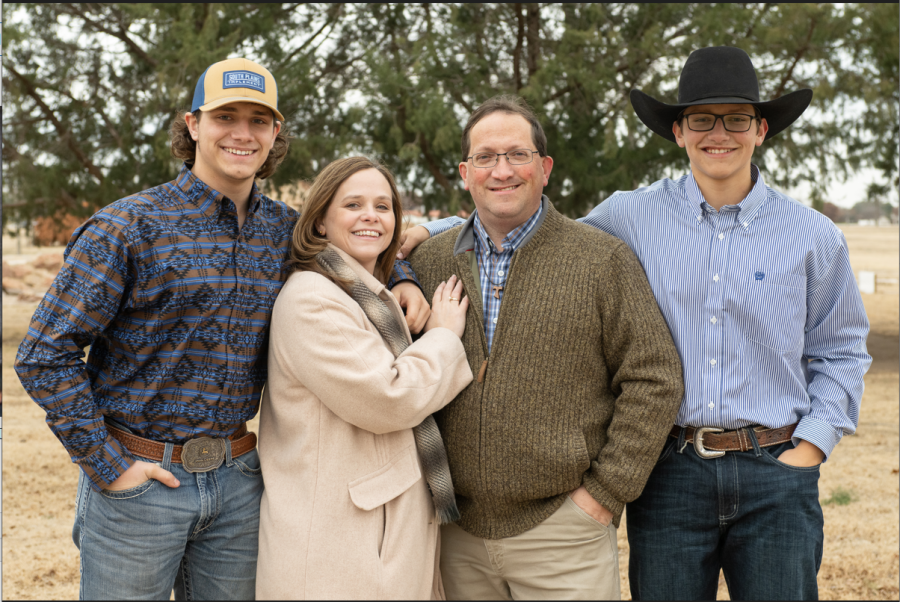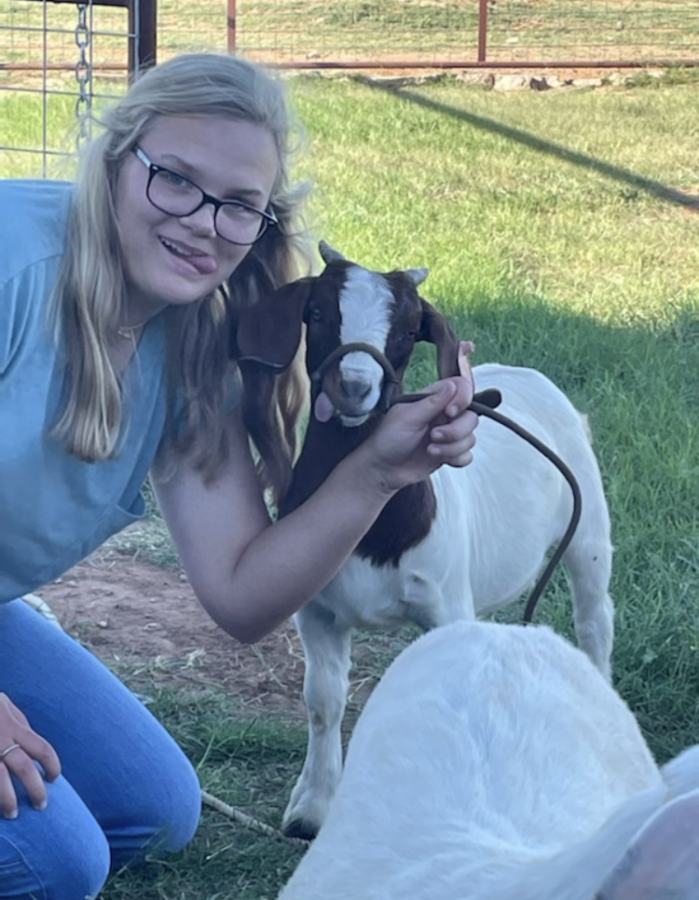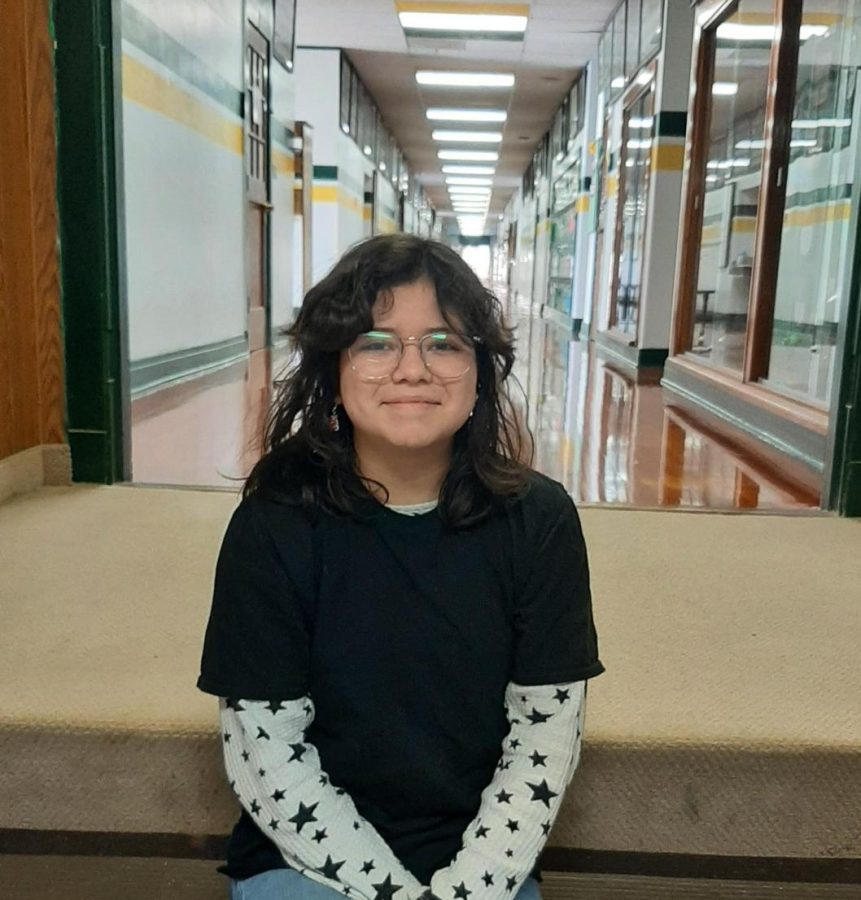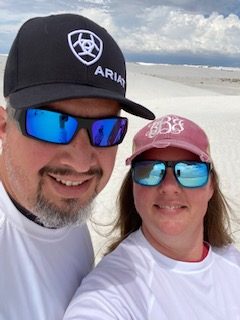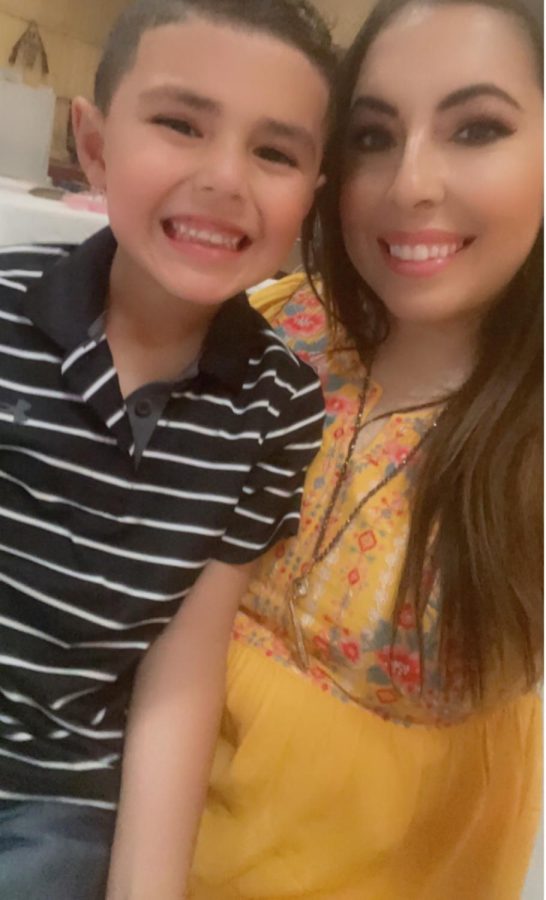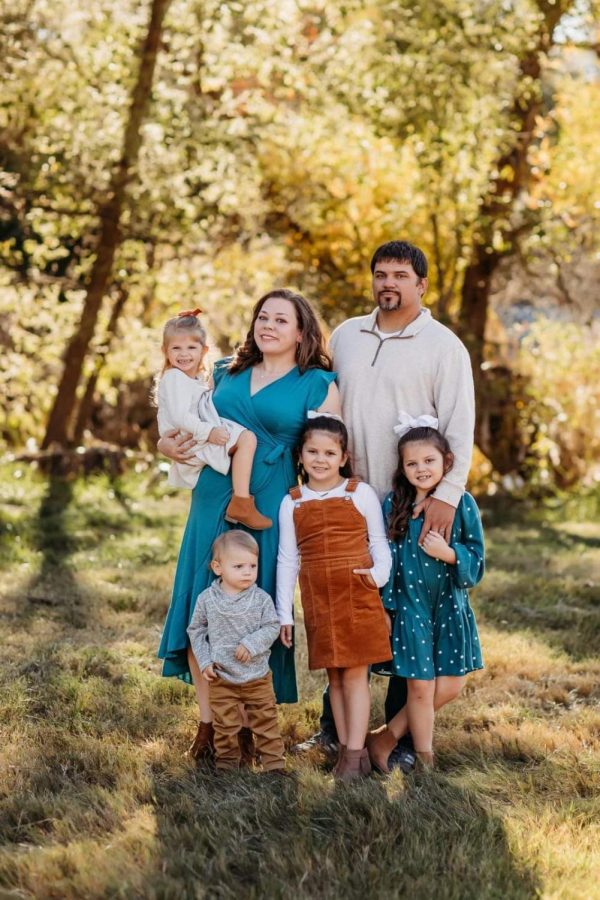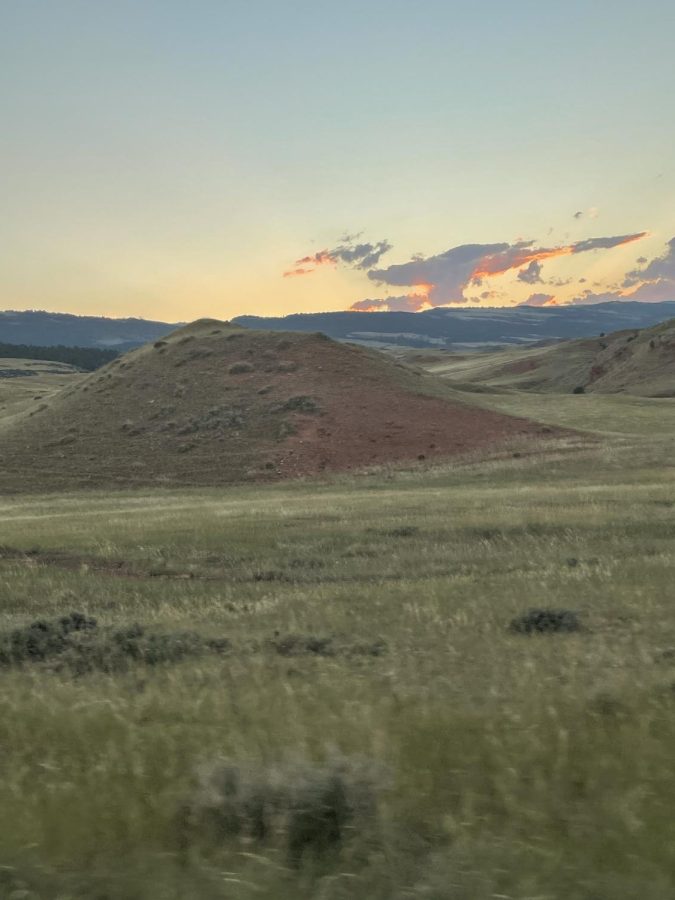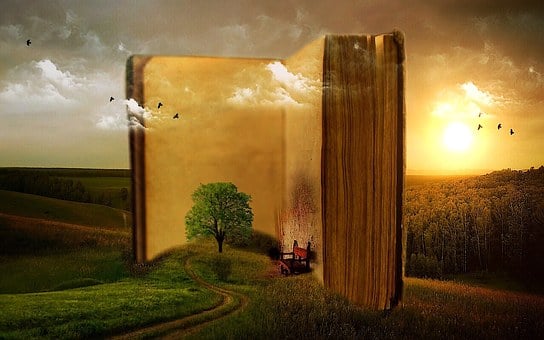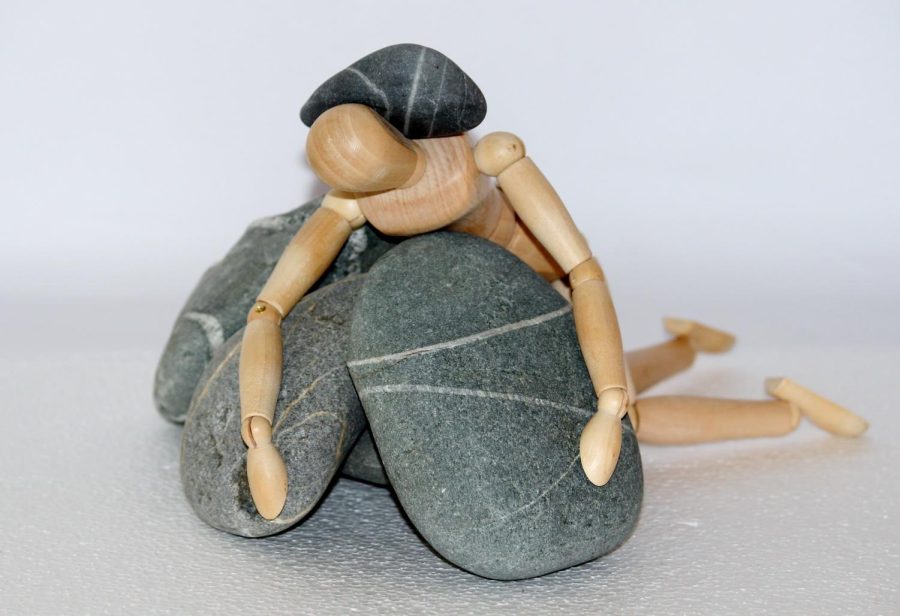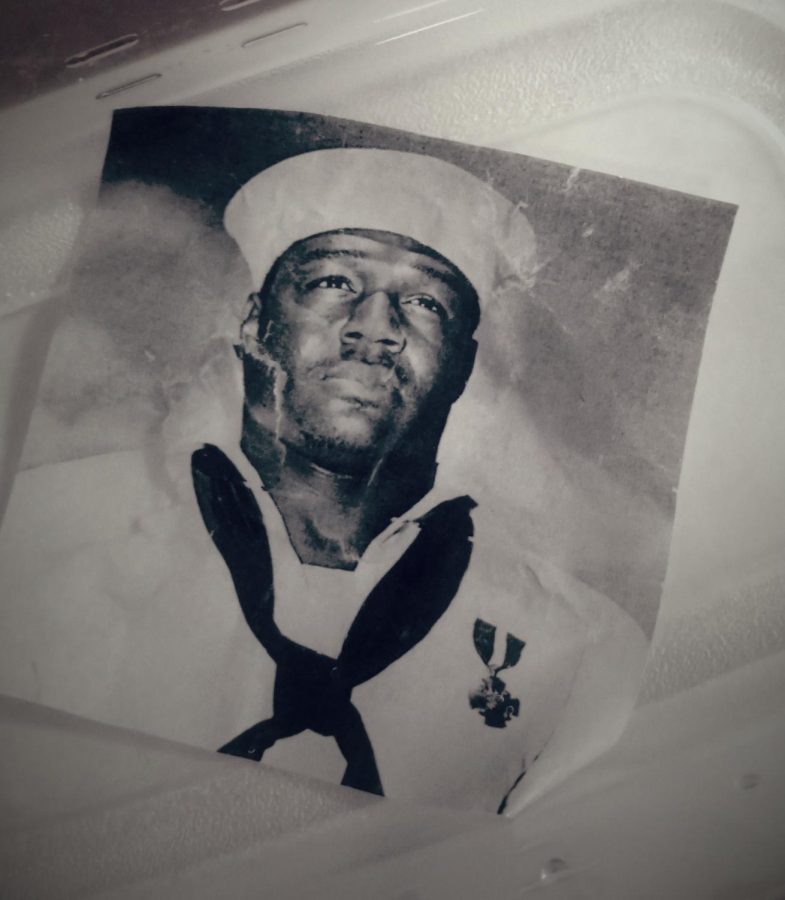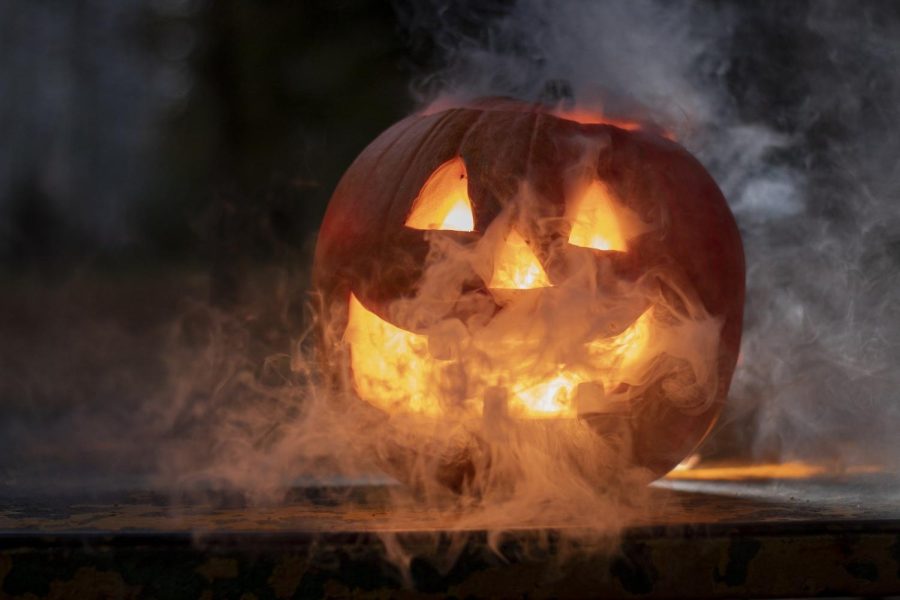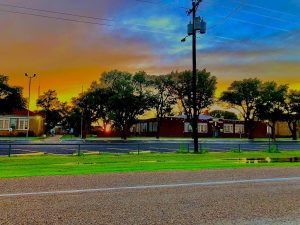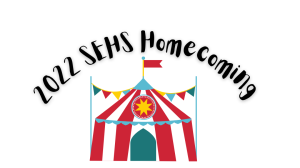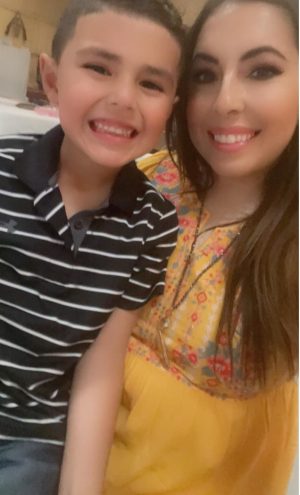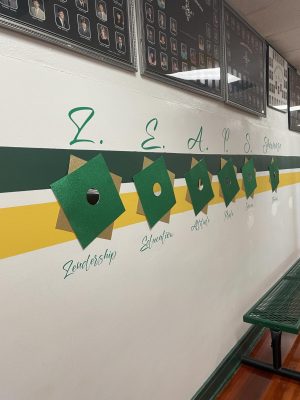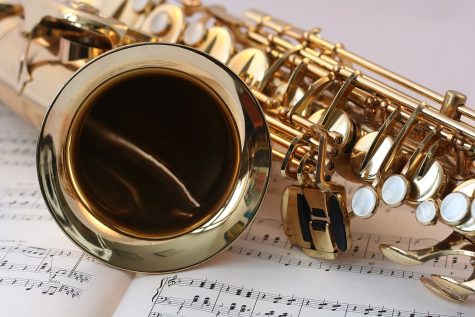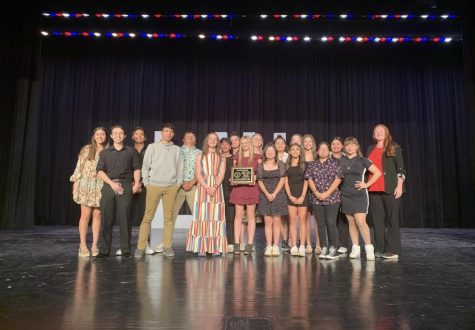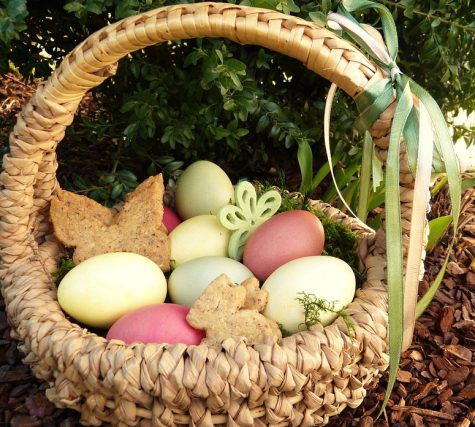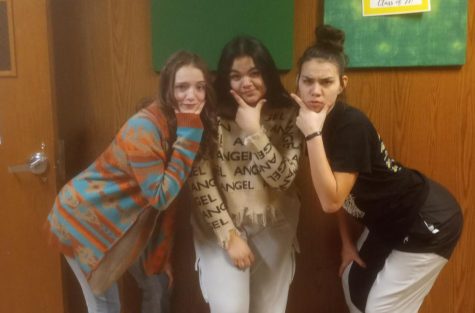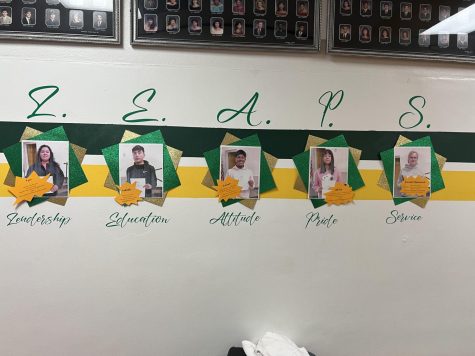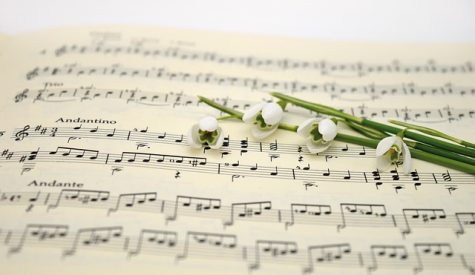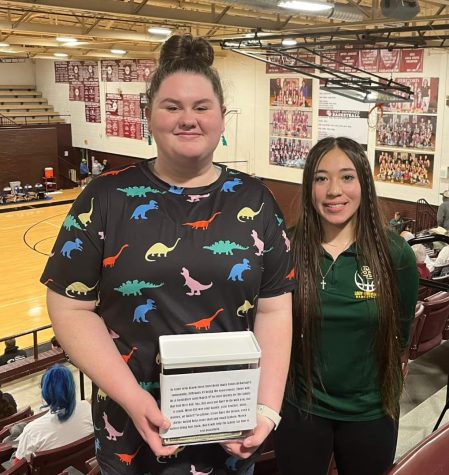The History of Halloween
October 28, 2021
The Celebration of Samhain
The history of Halloween goes back 2,000 years to the ancient Celts, who occupied what is now Ireland, the United Kingdom, and northern France. The Celts celebrated Samhain, or the new year, on November 1. Samhain marked the end of summer and the harvest, and the beginning of winter. The Celts believed that on the night before Samhain (October 31) the boundary separating the world of the dead and the world of the living was blurred so that the souls of the departed could reach the Earth. The Celts celebrated this return of the departed because they believed it made it easier for Druid, or Celtic priests to predict the future. To pay homage to the spirits, Druids would build sacred bonfires to sacrifice animals and crops in. During these celebrations, the Celts wore costumes, usually made of animal heads and skins, and attempted to read each other’s fortunes. 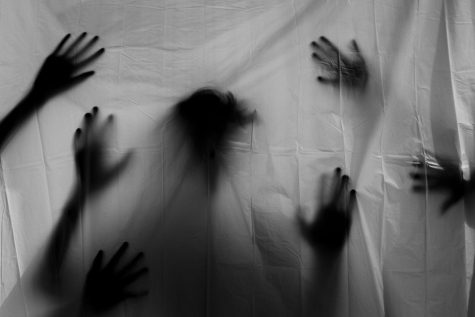
The Romans Add to the Holiday
By the time 43 A.D. had rolled around, the Roman Empire had conquered most of the Celtic territory. Over the course of 400 years under Roman rule, two Roman festivals had become part of Samhain. The first was Feralia, a day in late October commemorating the passing of the dead, and second a day to honor Pomona, the Roman goddess of fruit and trees. The symbol for Pomona is the apple, which explains the tradition of bobbing for apples in today’s Halloween.
Christianity and Halloween
On May 13, 609 A.D., Pope Boniface IV dedicated the Pantheon to honoring all Christian martyrs, leading to the creation of All Martyr’s Day. Pope Gregory III later amended the day to involve all saints as well, and moved the day from May 13 to November. By the 9th century, Christianity had spread to the Celts, where it blended with older Celtic rituals. In 1000 A.D. the church made November 2 All Souls Day which was made to honor the dead. It is widely believed that the church chose this day to replace the Celtic day of the dead, or Samhain, with a more church-sanctioned holiday. All Souls Day was celebrated similarly to Samhain, with bonfires, parades and, costumes but as saints, angels, or devils. All Saints Day became All-Hallows and the night before All-Hallows Eve and later, Halloween.
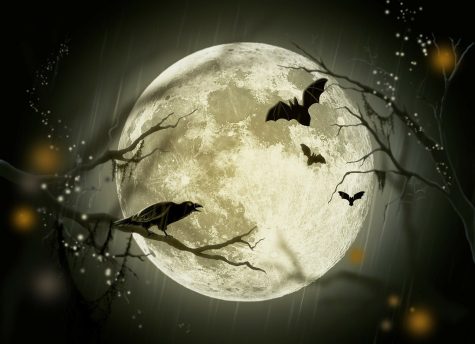
Halloween Spreads to America
The celebration of Halloween was extremely limited in colonial New England due to the prominent Protestant beliefs. Halloween was more commonly celebrated in Maryland and southern colonies. Over time, beliefs of different European groups and native American Indians began to merge into a unique American version of Halloween began to take hold. The first celebrations included “play parties” which were public events held to celebrate the harvest. Neighbors often shared stories of the dead, told each other’s fortune, as well as danced and sang. By the mid 19th century annual autumn festivities were common, but Halloween was not celebrated across America quite yet. In the latter half of the 19th century, Irish Immigrants flooded America, fleeing the Potato Famine. Naturally, these new immigrants, who also celebrated Halloween, lead to the nation-wide spread of Halloween festivities.
*Note about information: The facts for this story were found at history.com and then paraphrased and reworded by the author.

